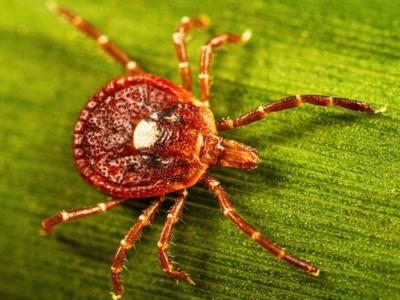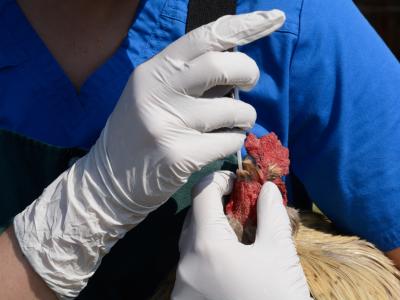
The Wyoming Game and Fish Department (WGFD) yesterday announced first-time chronic wasting disease (CWD) detections in two more deer hunt areas: 106 and 150.
In Deer Hunt Area 106, in the Cody Region, a hunter harvested a mule deer buck that was part of the Clark’s Fork mule deer herd, in which CWD was first detected in 2019. Cody is located in the northwestern part of Wyoming and serves as the eastern gateway to Yellowstone National Park.
The hunt area abuts four other CWD-positive deer hunt areas: 105 (detected in 2019), 110 (2016), 111 (2016), and Yellowstone National Park (2023).
Hunters asked to submit samples for testing
The case in Deer Hunt Area 150, in the Jackson region, was in a white-tailed buck that was part of the Sublette mule deer herd. Located in the northwestern corner of Wyoming, Jackson serves as a gateway to both Grand Teton and Yellowstone National parks.
Hunters can assist in data collection by submitting samples for free CWD testing, especially when hunting in priority or mandatory CWD testing areas.
This area borders two other CWD-positive deer hunt areas: 152 (detected in 2019) and 155 (2022). The Sublette mule deer herd first tested positive in 2017.
"Continued monitoring of CWD is important to help Game and Fish understand the potential impacts of the disease and to evaluate future management actions," the news release said. "Hunters can assist in data collection by submitting samples for free CWD testing, especially when hunting in priority or mandatory CWD testing areas."
A fatal neurodegenerative disease of cervids such as deer, elk, and moose, CWD is caused by infectious misfolded proteins called prions that spread from animal to animal and through the environment. While it isn't known to infect people, health authorities recommend against consuming the meat of a sick or infected animal and urge caution when handling their carcasses. (See today's CIDRAP News in-depth story.)










